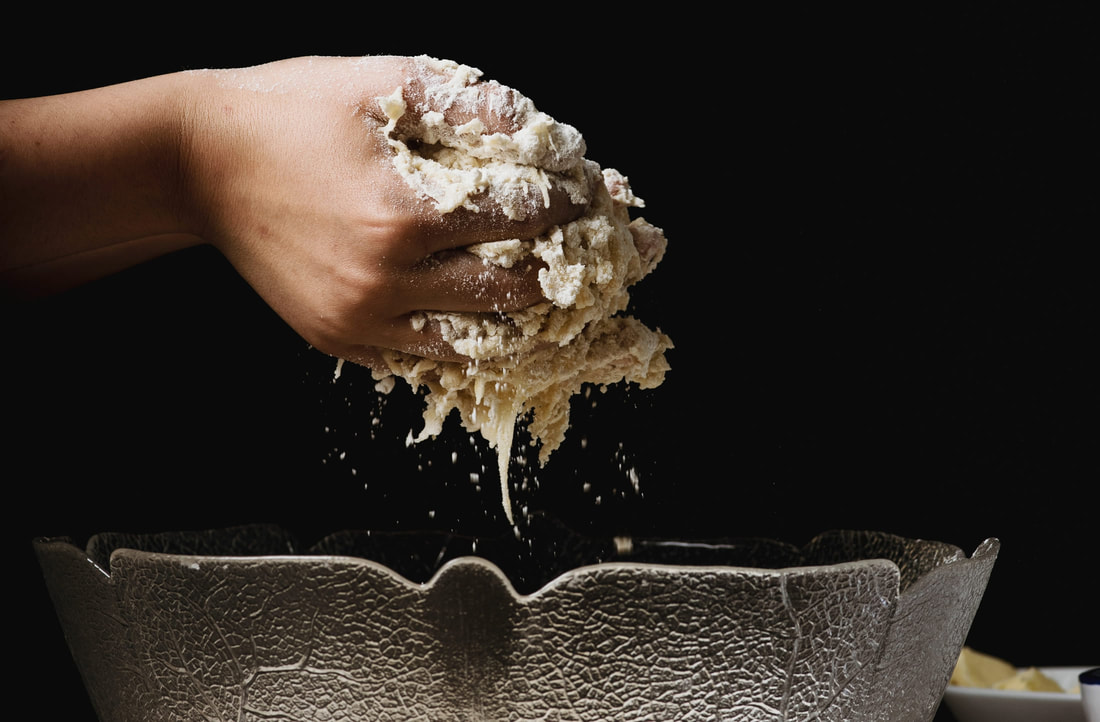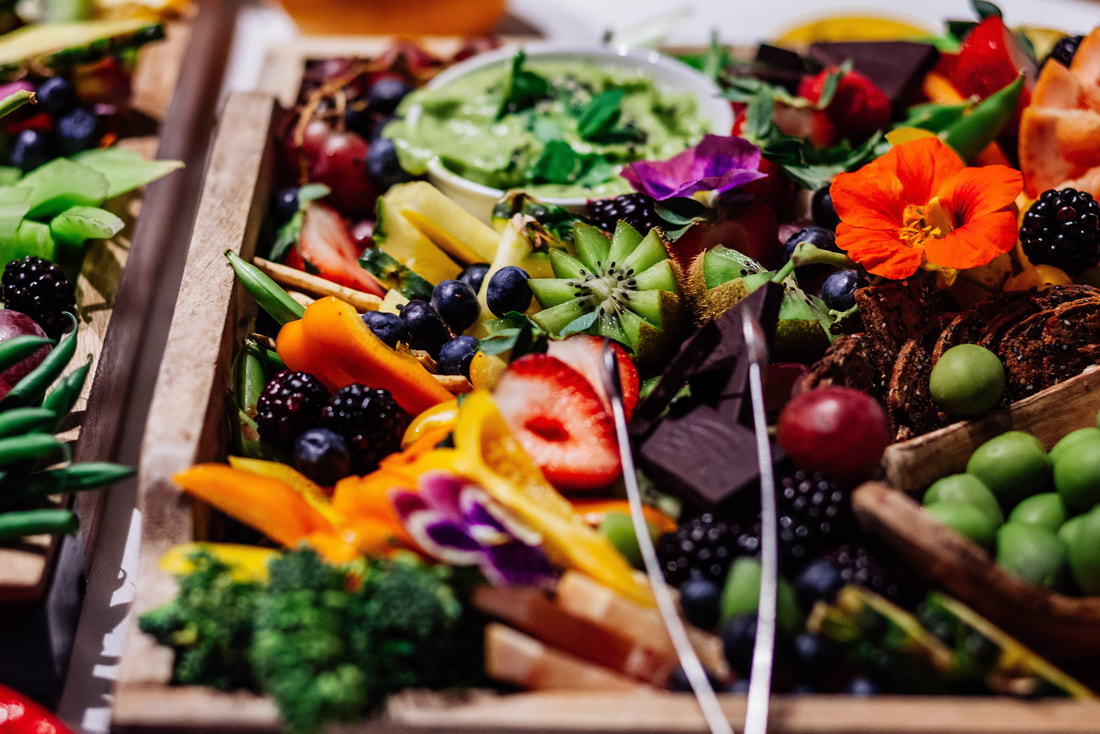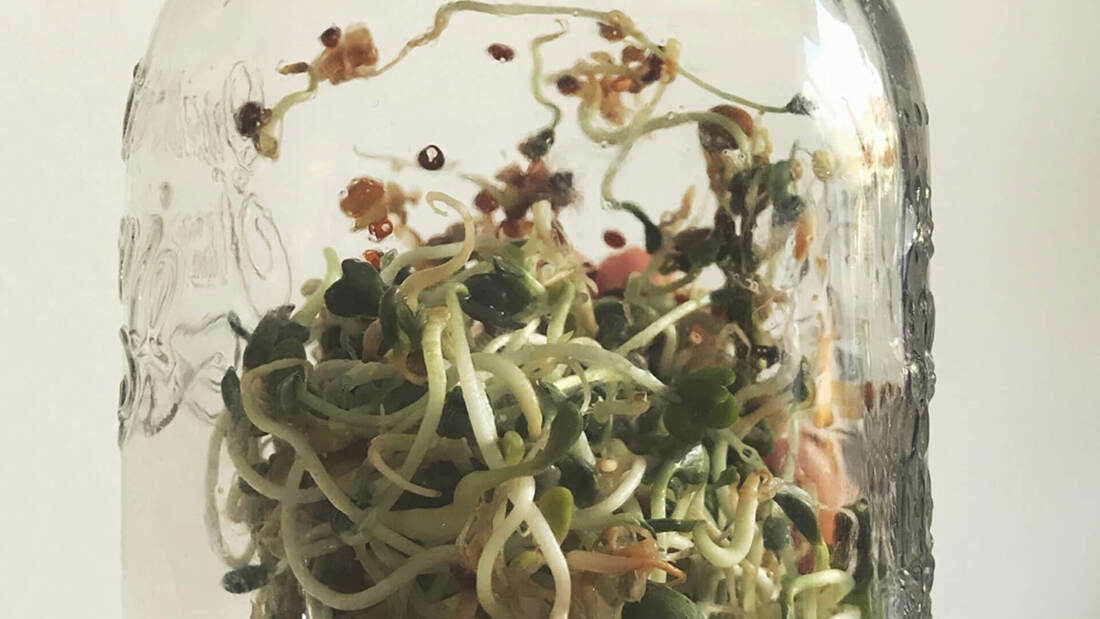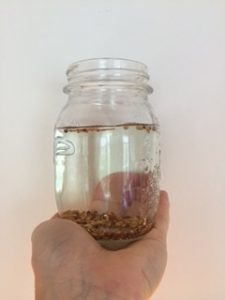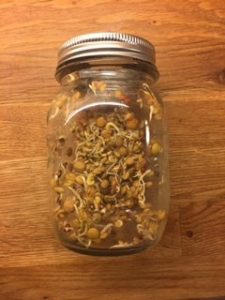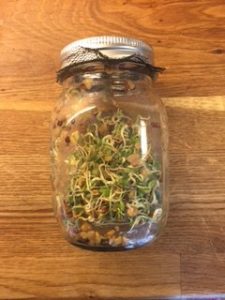|
I’m not into fad diets and for years I scoffed at “going gluten-free.” I never wanted to be “that” person when we went to dinner but it turns out, it’s well worth being “that” person. I’ll give you a bit of background about myself. As a luge athlete I was supposed to gain weight, yes, you read that correctly, gain weight. Most people try to lose weight and I was always trying to gain it by lifting heavy and eating a lot of food. Back in my athletic days it was still a thing to “carbo load” and eat as much pasta or carbs as possible for “energy.” It’s too bad that was a thing because it made me feel awful and when I was avoiding eating that way it came across as if I didn’t want to gain weight or that I wasn’t committed to my sport. When in fact eating that way made me feel like I just needed to sleep all the time and that I was made of sand when I was training. I tried avoiding foods that made me feel this way but it was difficult living on the road and eating at hotels most of the year.
I have a friend who has Celiac disease, which is an autoimmune disorder that results from the interaction of gluten, the storage protein of wheat and other grains, with the immune system [1]. She truly can’t even eat gluten because it destroys her intestines. Since I could eat gluten and Celiac disease was still new to many people, I never thought this could be an issue for me. Now, I realize that going gluten-free isn’t for everyone. And I should also mention that I have an autoimmune disorder called Hashimoto’s disease, which is a condition in which your immune system attacks your thyroid. It can cause you to feel extremely tired, gain weight, and affects hormone production. I’ve been trying to figure out my health for years along with trying to get rid of migraines. I don’t even like saying, typing or thinking that word because they are so horrible. But it turns out that having this condition can lead to having sensitives to gluten or other carbohydrates. Fast forward several years, well out of my athletic days, and I read a book called Brain Maker by David Perlmutter, MD to learn more about gut bacteria and the book addressed many issues I was having, which included stomach problems, occasional reflux, feeling low often, and crazy brain fog. I wasn’t reading it to learn about going gluten-free but the book convinced me enough to stop eating gluten right before a trip to Italy, the land of gluten filled dishes of pasta and pizza, and nine months later I’m still gluten-free and won’t even think about going back. Although there’s more to my story, I’ll keep it short and tell you about the benefits that you can also get from going gluten-free and being “that” person even if you don’t think gluten affects you. Why gluten has such a bad rep The term gluten refers to the entire protein component of wheat, rye, and barley — the three gluten-containing grains. Gliadin, the component of gluten that contains the majority of toxins, are resistant to degradation by the protein enzymes in the stomach, pancreas, and intestines [2]. When these undigested particles are able to permeate through the barriers of the gastrointestinal system, they react with antigen-presenting cells and cause a multitude of health problems. Even if there is minimal reaction to gluten consumption, the molecule itself is poorly absorbed in the human upper gastrointestinal tract, which is why many people choose to avoid consuming it. But if gluten doesn’t bother you, why should you give it up? Maybe to your surprise, there are actually quite a few benefits to giving up gluten. While you think consuming gluten may only affect your digestion, it actually has an effect on the nervous, muscular, lymphatic, digestive, and endocrine system [3]. So here is why you may want to consider going gluten-free: Decreases brain fog Often times, people will experience brain fog from consuming gluten (even if they don’t know that is what causes it). Symptoms include difficulty concentrating, decreased attention, inability to recall, and forgetfulness. This is because inflammation caused by gluten contributes to the breakdown of the protective barrier between the blood and the brain, which can lead to damage of brain tissue. Improves joint pain Gluten is a known perpetrator of inflammation, which is a significant factor associated with joint pain. When the body isn’t perpetually inflamed, the acute response to inflammation becomes much more efficient, meaning that joint pain and recovery time improve. Helps regulate weight Leaky gut, a condition where small micro tears in the intestinal lining cause permeability, is a well-known condition associated with high gluten intake. By removing gluten from the diet, you improve intestinal permeability, nutrient absorption, and decrease inflammation, all of which contribute to weight regulation. It also helps to normalize metabolism and hunger hormones, and thus, normalize weight [4]. Reduces bloating Due to damage of the intestinal wall, GI symptoms like gas and bloating are often a common side effect of gluten. Removing gluten from the diet can help to heal and repair the gut and intestinal lining, leading to decreased GI symptoms. Improves appearance of skin More often than not, inflammation can show up on the skin in the form of acne, eczema, and dry skin [5]. By cutting out the root cause(s) of inflammation, we can improve the appearance of our skin and get back that glow! Is it something for you? An important point to remember when going gluten free is just because you’ve given up eating gluten, it doesn’t give you any excuse to replace the ‘bad’ foods with their gluten-free counterparts. There are many options now in grocery stores but try to replace the gluten-filled foods with healthier alternatives as much as you can. For example, replace whole wheat or white pasta with veggie noodles — zucchini or squash noodles make for an excellent substitution in classic spaghetti dishes. Not only are you upping your vegetable intake, but you’re also getting a bigger nutrient bang for your buck! Plus, there are many other grains you can eat instead and they are full of better nutrients than white or wheat flour. These include amaranth buckwheat (not actually wheat!), rice (brown, white or wild), millet, quinoa, and oats. But a note about oats, be sure they are gluten-free as many are made in factories that produce other wheat produces and may contain traces of it. So while cutting out gluten may seem like the end of the world at first (believe me it’s not!), keep in mind your end goal. When you remove foods from the diet that aren’t giving with your body, not only will you look better, but you’ll also feel better, which is the most important factor. I encourage you to give it a try for one month and see how you feel! BY COURTNEY LANDIN POSTED: FEBRUARY 20, 2019 Food is fuel for your body and to have optimum energy you must give it the proper fuel it needs. Here are some simple food swaps that you can make on a regular basis to have more energy, fewer cravings, and improve your nutrition.
Good carbs: Oats Sweet potato Cous cous Root veggies (beets, parsnips, carrots) Fruit Whole grains / sourdough Quinoa Potatoes Pea pasta Veggie or bean pasta Protein: Ham/turkey/chicken Edamame Cooked lentils Eggs Tofu Hemp seeds Good Fats: Avocados Olive oil Fish (salmon) Coconut oil Nuts Good for Cooking: Light (or refined) olive oil Avocado oil Clarified butter (ghee) Coconut oil Sugar: Coconut sugar Raw Sugar Sweets: Dried dates, apricots, or prunes Almonds, cranberries or raisins, raw cocoa nibs Try these simple food swaps and tell me how it’s going. comment below or come join me on Facebook or Instagram! Now that your nutrition is up and running how about boosting that with a 12 minute workout? Check it out here. BY COURTNEY LANDIN POSTED: APRIL 26, 2017 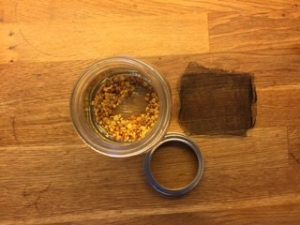 Grow your own sproutsSprouted foods are said to have 100 times more enzymes than uncooked fruits and vegetables. Enzymes help extract more vitamins, minerals, amino acids, and essential fatty acids from the foods you eat. Sprouts also have a higher quality protein and fiber content which helps the body improve immune function and get rid of toxins. Growing sprouts can sound complicated, but it really is an easy process and a simple way to add a healthy food to your meals. Here’s what you’ll need to get started.
First, be sure to clean the jar. Next, add two tablespoons of seeds into the jar, fill with water, and use the mesh to cover the top. If you are using cheese cloth, use a rubber band to secure the top. With the canning jar, use only the ring portion of the lid. Now, let the seeds soak for 8 hours. After the seeds have soaked, drain the water from the jar. You’ll keep the mesh on, that’s what it’s there for! In less than 24 hours you’ll start to see the seeds sprouting! After you’ve drained the water on the first day, keep the jar out of sunlight and don’t let the seeds sit in any extra water. The jar can be kept upright or tilted upside down in a bowl. Just be sure the top is not covered to allow for air flow. Once a day, fill the jar with water to rinse and wet the seeds. Be sure the seeds aren’t left sitting in water though. In just a few days, you’ll have sprouts ready to eat. After the sprouts have grown after several days, put the jar into the fridge and eat when you please. They are a great topping for any meal! Happy sprouting! BY COURTNEY LANDIN POSTED: AUGUST 19, 2016 |

